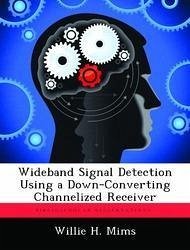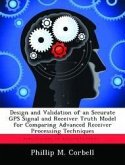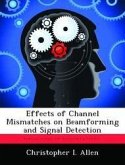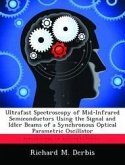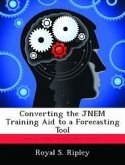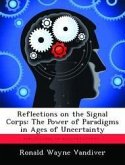Ultra wideband (UWB) signals typically occupy a very large spectral bandwidth resulting from extremely short duration pulses. Direct sequence spread spectrum (DSSS) signals typically occupy a large spectral bandwidth resulting from spreading methods. Both signals can be difficult to detect without having prior knowledge of their structure and/or existence. This research develops and evaluates techniques for the non-cooperative (nonmatched filter) detection of such signals. Impulse-like UWB and DSSS signals are received in an Additive White Gaussian Noise (AWGN) channel and are assessed using a bandpass filtered, down-converting (BPF-D/C) channelized receiver architecture. Modeling and simulation is conducted to characterize BPF-D/C channelized receiver detection performance, which is compared with the performance of two other non-cooperative detection receivers: a previously-introduced down-converting (D/C) channelized receiver and a conventional radiometer. The BPF-D/C channelized receiver detection performance for both signals of interest is shown to depend on the initial phase of the down-conversion mixers. There are usually some combinations of signal-to-noise ratio (SNR) and channel bandwidth where the BPF-D/C channelized receiver outperforms the radiometer and D/C channelized receiver for a UWB pulse. For a DSSS waveform, detection performance using the BPFD/ C channelized receiver is consistently poorer than radiometric detection.
Hinweis: Dieser Artikel kann nur an eine deutsche Lieferadresse ausgeliefert werden.
Hinweis: Dieser Artikel kann nur an eine deutsche Lieferadresse ausgeliefert werden.

